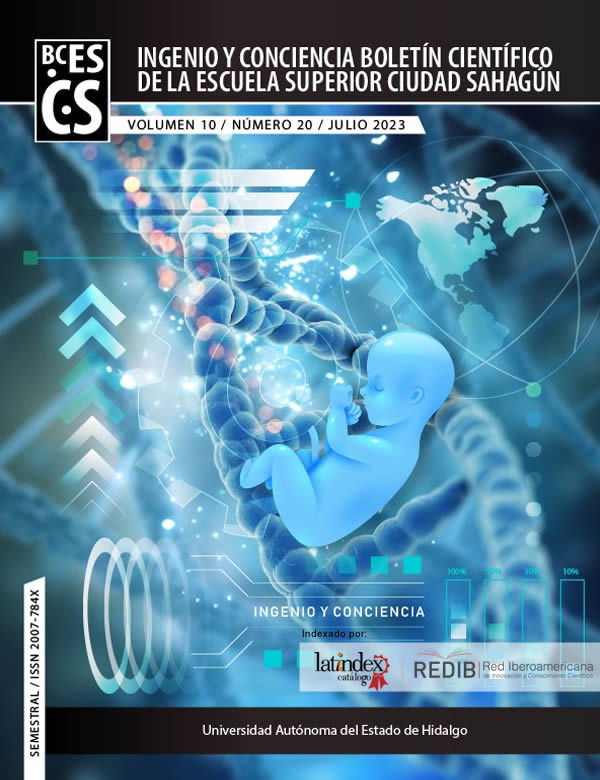The grass areas (garden) activation against the environment warming and CO2 reduction: a practical guideline
Abstract
Energy and transformation industry produce up to 52% of CO2, while the transport companies and the forest deforestation contributes with the 32% of this gas. Gardens or areas covered with grass represents a source of oxygen generation and act as CO2 traps through photosynthesis, a process in which the CO2 is absorbed through the stomata, which are tiny pores, to be transformed into sugars through out of a light reaction with the hydrogen in the water and consequently the oxygen is released. The objective in this work is to recover grass areas or urban gardens through nitrogen application and irrigation to reduce the heating and the high CO2 content of the environment. The application of 900 grams of urea composed of 46% nitrogen is enough to reactivate an area of 4 m2. With only 60 litres/hour with intermittent irrigation, an area of 4 m2 can be kept active and contribute to the oxygenation of the environment and get down the ambient temperature by 10°C.
Downloads
References
Caballero Margarita, Lozano Socorro y Ortega Beatriz, (2007), Efecto invernadero, calentamiento global y cambio climático: una perspectiva desde las ciencias de la tierra, Volumen 8 Número 10 • ISSN: 1067-6079
Cepsa Dossier, Dirección de Comunicación (2015), El Cambio Climático y los Gases de Efecto Invernadero, [https://www.cepsa.com/stfls/CepsaCom/Coorp_Comp/Medio%20Ambiente_Seguridad_Calidad/Art%C3%ADculos/Dossier-Cambio-Climatico-y-GEI.pdf]
CajaruralBurgos (2015). Fotosintesis, ¿Cómo se produce?, [https://fundacioncajaruralburgos.es/fotosintesis-como-se-produce/]
Ministerio de Agricultura, Pesca y Alimentación, (2020), Parques y Jardines – Guia de Gestión Integrada de Plagas, Ed. Ministerio de Agricultura, Pesca y Alimentación
Cecilia Mendívil-Lugo, Eusebio Nava-Pérez, Adolfo Dagoberto Armenta-Bojórquez, Ruelas-Ayala Rey David, Jaime Alberto Félix-Herrán, (2020). Elaboración de un abono orgánico tipo bocashi y su evaluación en la germinación y crecimiento del rábano. Revista de Ciencias Biológicas y de la Salud, Universidad de Sonora, Biotecnia / XXII (1): 17-23 (2020).
Juan José Reyes Pérez, Ricardo Augusto Luna Murillo, Mariana del Rocío Reyes Bermeo, Darwin Zambrano Burgos y Vicente Francisco Vázquez Morán. (2017). Fertilización con abonos orgánicos en el pimiento (Capsicum annuum L.) y su impacto en el rendimiento y sus componentes. Vol.44, No.4, octubre-diciembre, 88-94, 2017. Revista: Centro Agrícola de la Universidad Central “Marta Abreu” de las Villas.
Rodríguez, C.S.; Matos, L.H.A.d.; Pina, D.d.S.; Leite, V.M.; Silva, P.d.A.; Silva, R.R.; Pereira, T.C.d.J.; Alba, H.D.R.; Carvalho, G.G.P.d. (2023), Influence of Slow- or Fast-Release Nitrogen in Xaraés Grass under Tropical Conditions. Grasses 2023, 2, 47–56. https:// doi.org/10.3390/grasses2010005
Copyright (c) 2023 Jorge Zuno-Silva, José L Rodríguez Muñoz, Martin Ortiz Domínguez, Yira Muñoz Sánchez, J Sergio Pacheco Cedeño, Jose Gustavo Balcazar García

This work is licensed under a Creative Commons Attribution-NonCommercial-NoDerivatives 4.0 International License.











